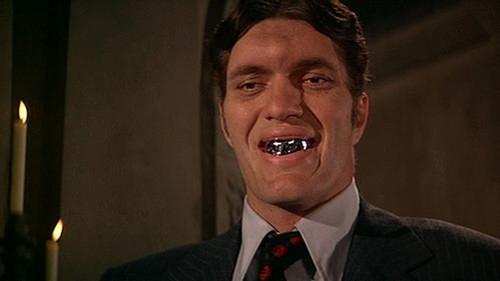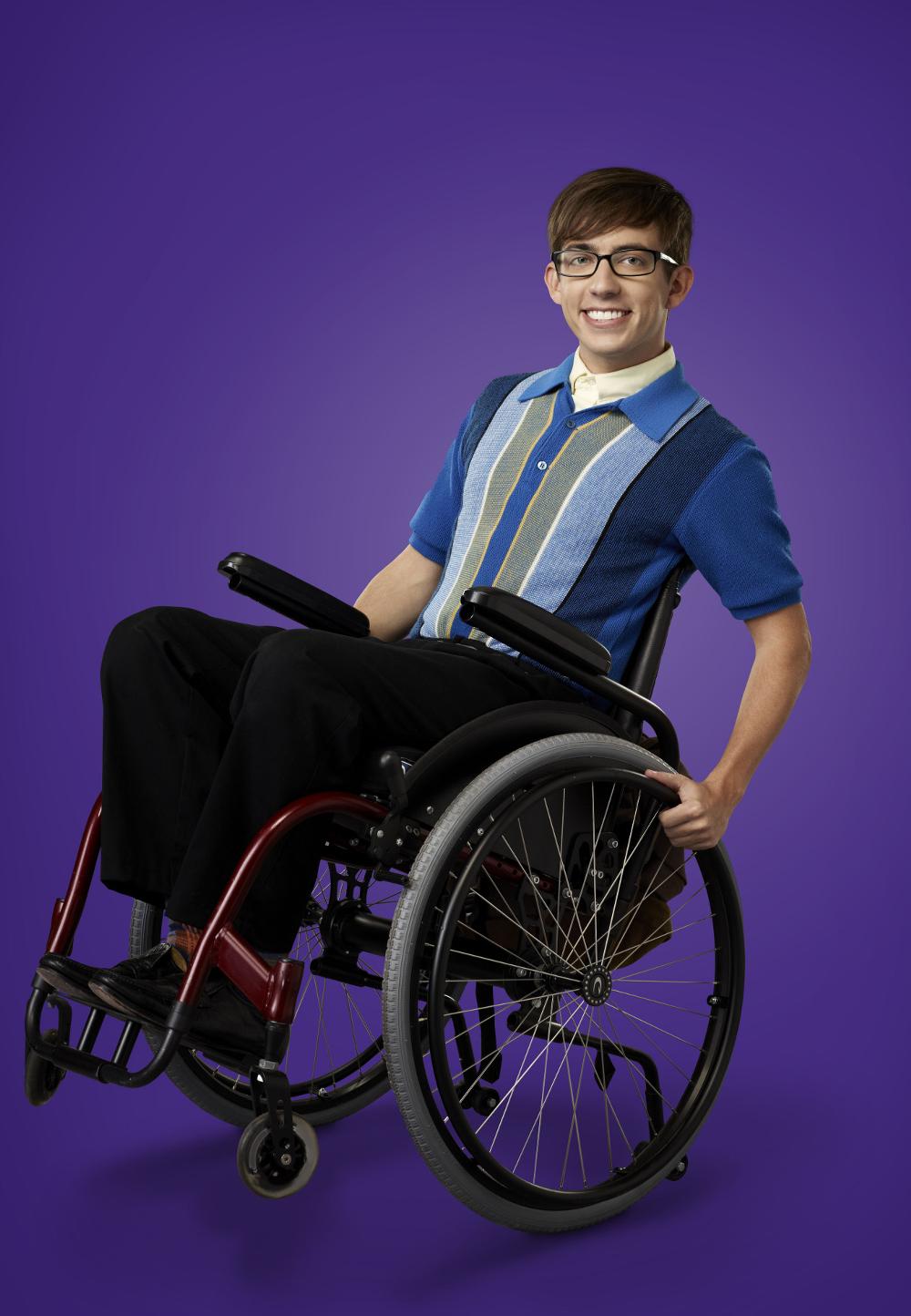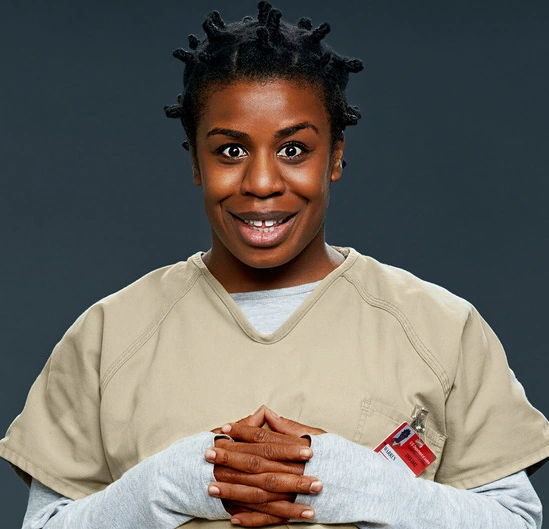- Exotic or "Other"
- Dangerous
- Humorous
- Pitied
Examples of how the following ethnic groups are represented in TV Drama (British or American):
Black
BLACK STEREOTYPES:
- Gangster
- Fun loving
- Athletic
- Criminal
- Involved in drugs
- Hospitable (friendly)
Bonnie Bennett - The Vampire Diaries
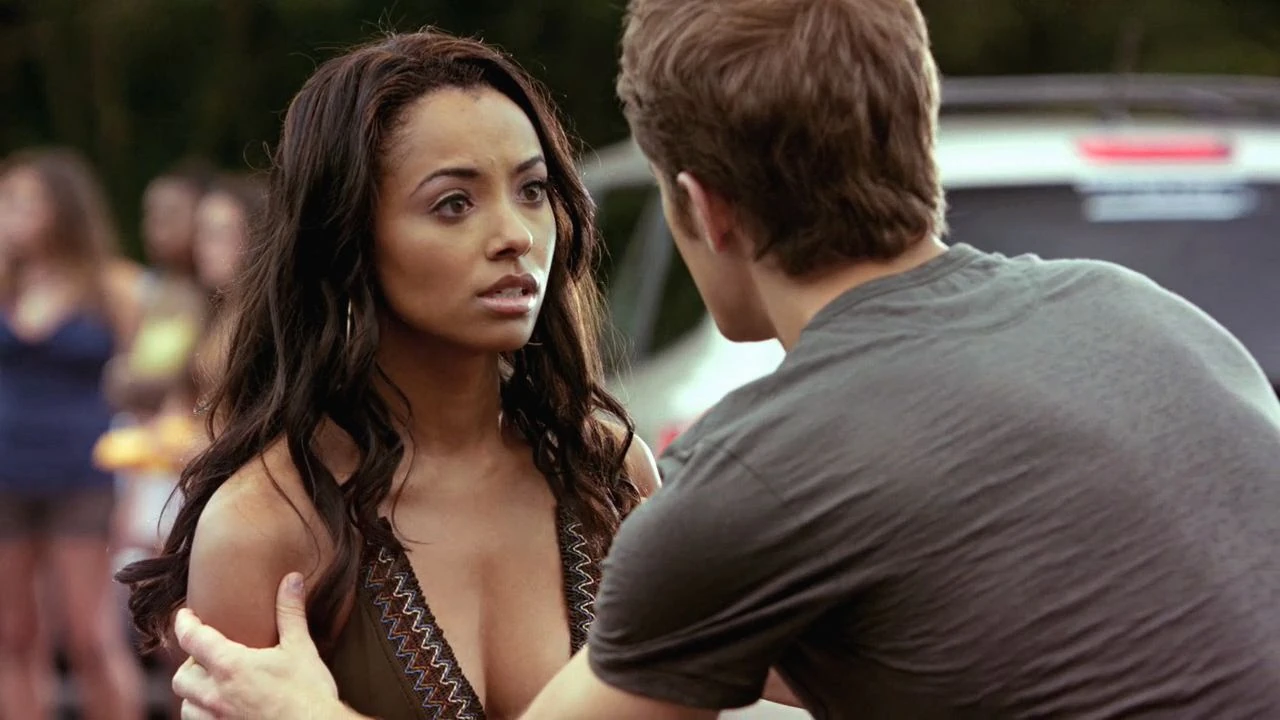
Bonnie Bennett would be seen as representing the stereotypical black character within the TV Drama "The Vampire Diaries", as she is seen as a very 'fun loving' character who is constantly around her friends enjoying her time as another teenage girl at high school. She is also very 'athletic' as she is a part of the cheerleading squad for her school. However, one way that she would be seen representing the atypical character, is the fact that she is one of the 'protagonists' within the show, proving that she isn't seen as a 'criminal'.
John Luther - Luther

Luther is represented atypically, rather than stereotypically, as he is represented through his TV Drama "Luther" as a very 'helpful' character. He is also seen as the main 'protagonist' of the show, rather than the stereotypical 'dangerous' black character, showing that he isn't considered a 'criminal' at all.
Curtis Donovan - Misfits

Curtis Donovan would be seen as representing a stereotypical black character within his TV Drama "Misfits", as he is a character that is 'involved with drugs', who is arrested for being caught possessing cocaine. He was also a very 'athletic' character before being arrested with the drugs.
White
WHITE STEREOTYPES:
- Educated
- Affluent
- Socially awkward
- Rational
- Arrogant
Clara Oswald - Doctor Who

Clara Oswald is seen to be represented as a very stereotypical white character within the TV Drama "Doctor Who". She is very well 'educated', as she assists the doctor on all of his missions, and has the privileged occupation of being a teacher. She is also seen as a very 'rational' character, as she comes across as a natural leader and likes to be in control. However, one way that she would be seen representing an atypical white character is the fact that she comes across as being the complete opposite to being a 'socially awkward' character, as she captures the minds and hearts of anyone who will allow her to do so. Also, based on audience interpretation, one could argue that Clara could be seen as both 'arrogant' and not 'arrogant', due to the fact that some will take her love of being control and her assuredness as an 'arrogant' trait, but some will not.
Blair Waldorf - Gossip Girl

Blair Waldorf would be seen as the stereotypical white character within her TV Drama "Gossip Girl", as she is seen as a very well 'educated' character, who is currently trying to get her way into Yale. She can also be seen as a very 'arrogant' character, as she is very self-centered and narcissistic, and because she thinks of herself in a very high manner, by always addressing people through their errors by stating that she is the one and only "Blair Waldorf". One way that she would be seen as an atypical white character however, is the idea that she is not considered to be a 'socially awkward' person, as she is seen as quite a socialite, unless she is around poorer people, then this trait could be questioned upon.

Francis Underwood would be seen as representing the stereotypical white character within the TV Drama "House of Cards", as he is seen to be very well 'educated' through his occupation of being a member of the South Carolina State Senate. However, it could be argued that he is also representing the atypical white character, as he is seen as being the complete opposite of a 'socially awkward' character, as he is presented being a main 'antihero', with many 'manipulative', conniving' aspects to his personality.
East-Asian
EAST-ASIAN STEREOTYPES:
- Intelligent
- Martial arts
- Hard working
- Determined
- Love of technology
- Lacking emotion
Glenn Rhee - The Walking Dead

Glenn Rhee can be seen as a stereotypical East-Asian character within his TV Drama "The Walking Dead", as he is seen to be a character who is 'intelligent', extremely 'determined', and also very 'hard working', because he is one of the strongest characters within the entire show. One way that he could be seen as being represented atypically however, is that he is show to feel a lot of 'emotion' throughout the loss of a lot of his friends, and also his loving relationship that he maintains with his wife.
William Kim - Prison Break
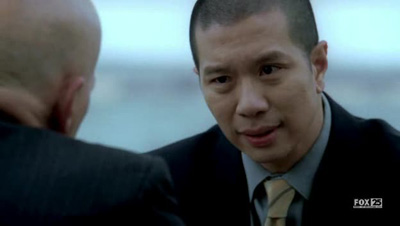
William Kim is represented as the stereotypical East-Asian character, as he appears to 'lack a lot of emotion', due to the fact that he is seen as one of the 'antagonists' within the TV Drama "Prison Break". Kim is also seen to be 'intelligent' as well as a 'hard working' character, because he will do whatever he can to try and catch both Michael and Lincoln.
Nelly Yuki - Gossip Girl

Nelly Yuki is represented as a stereotypical East-Asian character within the TV Drama "Gossip Girl", as she is seen to be a very 'intelligent' character, due to the fact that she is the smartest out of everybody within her class. She's also very 'hard working' and 'determined' due to the fact that she wants to get into Yale university. Even though she is represented stereotypically in these aspects, she can also be seen to be atypical to the role of an East-Asian character in TV Drama, as she is a very 'emotional' character, which could be seen more of a teenage girl stereotype instead.
South-Asian
SOUTH-ASIAN STEREOTYPES:
- Glamorous
- Educated
- Very religious
- Criminal/Brutal
- Villains
Meera Malik - The Blacklist

Meera Malik is represented stereotypically through her TV Drama "The Blacklist", as she is well 'educated', due to the fact that she is one of the researches within the operations. One way that she could be represented as atypically however, is that she is a seen as a 'protagonist' within the show, proving that she isn't a 'criminal' at all. She also isn't very 'religious', and wouldn't really be considered as the stereotypical sort of 'glamorous' woman that you'd expect, as she is classed more of a tom boy, even though she is seen as a very attractive character.
Aayan Ibrahim - Homeland
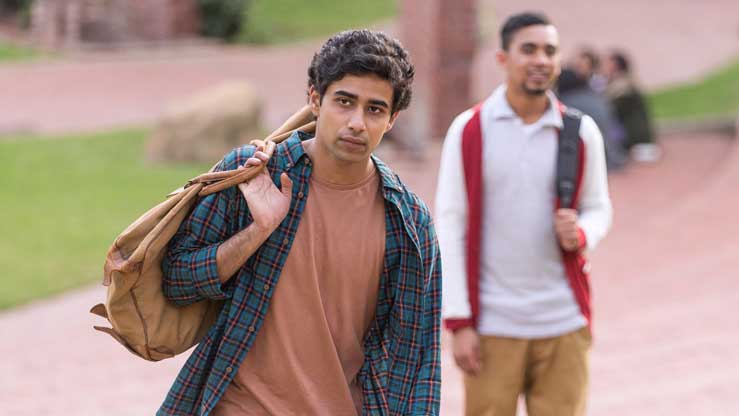
Aayan Ibrahim is represented as a stereotypical South-Asian character within his TV Drama "Homeland", as he is well 'educated' due to the fact that he is a medical student. However, one way that he could also be seen as being represented atypically, is that he isn't seen as a very 'glamorous' character, plus the fact that he tries to stay out of the spotlight through multiple occasions, showing that he isn't very 'criminal like'.
Sayid Jarrah - Lost

Sayid Jarrah is seen to be represented as a stereotypical South-Asian character within his TV Drama "Lost", as he is classed as a 'criminal type' character, due to the fact that he becomes a hit-man as the show progresses. One way that he could also be represented atypically however, is that he isn't seen as a very 'glamorous' character, because he's stranded on a desert island with the rest of the characters, and despite committing some criminal acts whilst he's there, he also shows a lot of love to another character: Nadia.

















